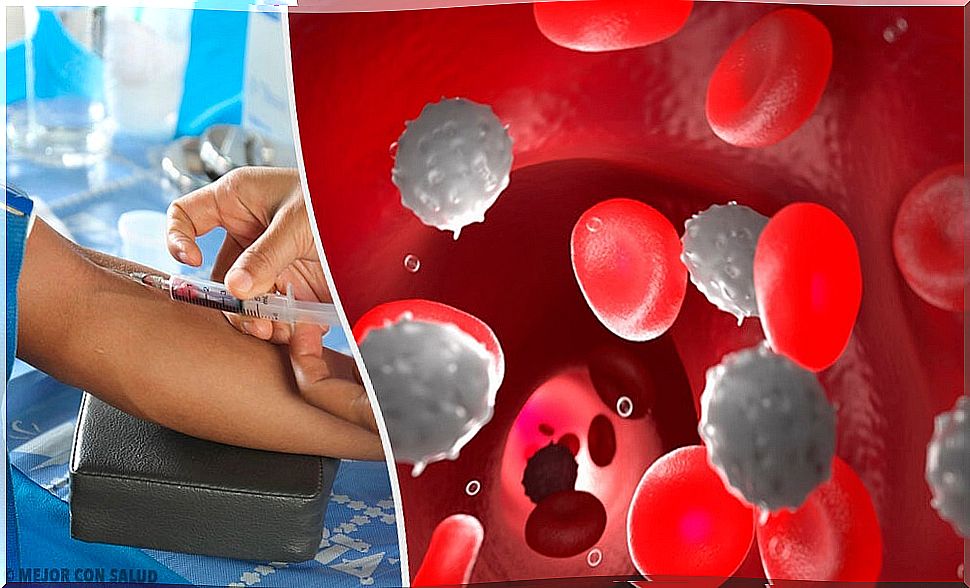Non-opioid Non-acid Analgesics
Non-opioid analgesics include several classes of substances with different mechanisms of action. In addition to the typical non-steroidal anti-inflammatory drugs (NSAIDs) and selective COX-2 inhibitors, substances such as paracetamol and metamizole also belong to this group.
Non-opioid analgesics can be classified by their chemical characteristics as:
- Acids : which would be NSAIDs, such as ibuprofen, acetylsalicylic acid or diclofenac.
- Non-acidic : like paracetamol and metamizole. It is on these two drugs that the article will focus.
Although the general mechanism of action of both groups of analgesics relies on the synthesis of prostaglandins, there are small differences that we will explain later.
Non-opioid non-acid analgesics: paracetamol
Paracetamol is a pain reliever that belongs to the chemical group of anilines. It has analgesic and antipyretic properties, which is why it is used mainly in the treatment of moderate pain and in febrile episodes.
This pain reliever was discovered in Germany in 1877. Today, it is one of the most widely used pain relievers for the above-mentioned indications in Europe and the United States. It is available as a generic drug and under numerous brand names such as Gelocatil® or Termalgin®.
Mechanism of action
The reason why paracetamol is not an anti-inflammatory, but an analgesic and antipyretic, despite acting on the enzyme cyclooxygenase, is that it only inhibits COX type 3, which is located centrally.
Consequently, inhibition of prostaglandin synthesis does not occur at the peripheral level and cannot act as an anti-inflammatory. As prostaglandins are the molecules responsible for the sensation of pain, as their synthesis is inhibited, the threshold of pain perception is raised.
Furthermore, in febrile states , prostaglandin synthesis is increased. By inhibiting COX-3, and thus the synthesis of these molecules, paracetamol manages to lower body temperature and fever.
Adverse reactions of paracetamol
The most important adverse effect of this analgesic is its hepatoxicity. This occurs when there is an overdose of the drug and the metabolites resulting from its metabolism cannot be properly neutralized, thus affecting the liver, leading to liver necrosis.
In addition to hepatoxicity, it can also trigger other adverse reactions such as:
- Intolerance.
- Alterations in kidney function.
- Headaches
- Confusion.
- Hypersensitivity
Non-opioid non-acid analgesics: metamizole

Metamizole belongs to the chemical group of pyrazolones. Like paracetamol, it is used to treat fever and pain.
It was synthesized in 1920 in Germany and today it is marketed, like the other analgesic, under the generic name and under numerous brand names such as Nolotil®.
Mechanism of action
Metamizole owes its antipyretic and analgesic action to its ability to reduce the synthesis of pro-inflammatory prostaglandins. To do this, it is capable of inhibiting prostaglandin synthetase. This enzyme catalyzes, as its name suggests, the synthesis of new prostaglandins.
On the other hand, metamizole is also capable of inhibiting lipopolysaccharide-induced fever. In addition, it has a spasmolytic action associated with the inhibition of intracellular calcium as a result of the reduced synthesis of inositol phosphate.
Adverse reactions of metamizole

Metamizole differs from other non-opioid analgesics that act on prostacyclin synthesis in that it does not produce significant adverse effects on the gastrointestinal tract.
However, like all drugs, it produces other adverse reactions. L more important as they are related to hypersensitivity reactions such as:
- Agranulocytosis : It is a serious adverse reaction. It is a condition that results from a deficiency in a person’s bone marrow to produce a sufficient number of white blood cells or increased destruction of white blood cells. Consequently, the count of this type of cells is low.
- Leukopenia : is the decrease in the number of leukocytes in the blood.
- Thrombocytopenia : is the decrease in the number of platelets in the blood.
Finally, it is convenient to remember the importance of these medications in the control of diseases that occur with inflammatory processes and fever. They represent two of the most consumed anti-inflammatories worldwide.
However, like all medications, they have significant side effects. Most of them are avoidable, if self-medication is avoided and the treatment time indicated by the doctor is respected. If in doubt, consult this specialist or your pharmacist about its use.









